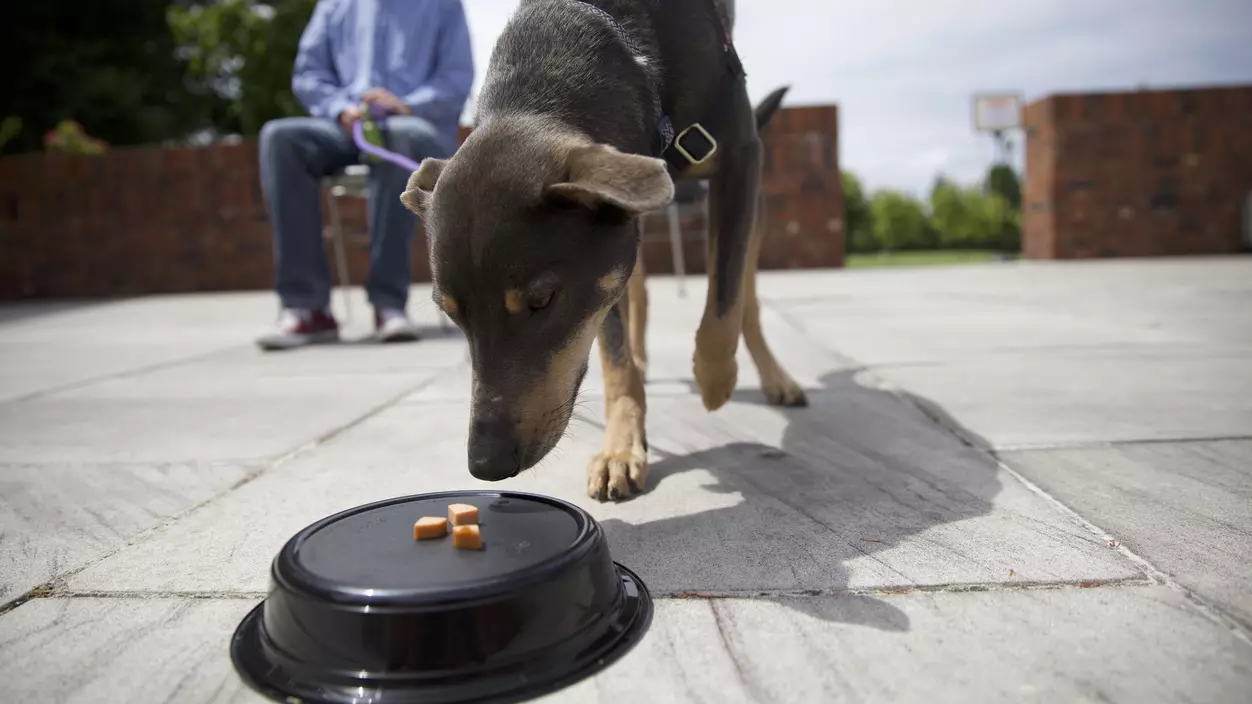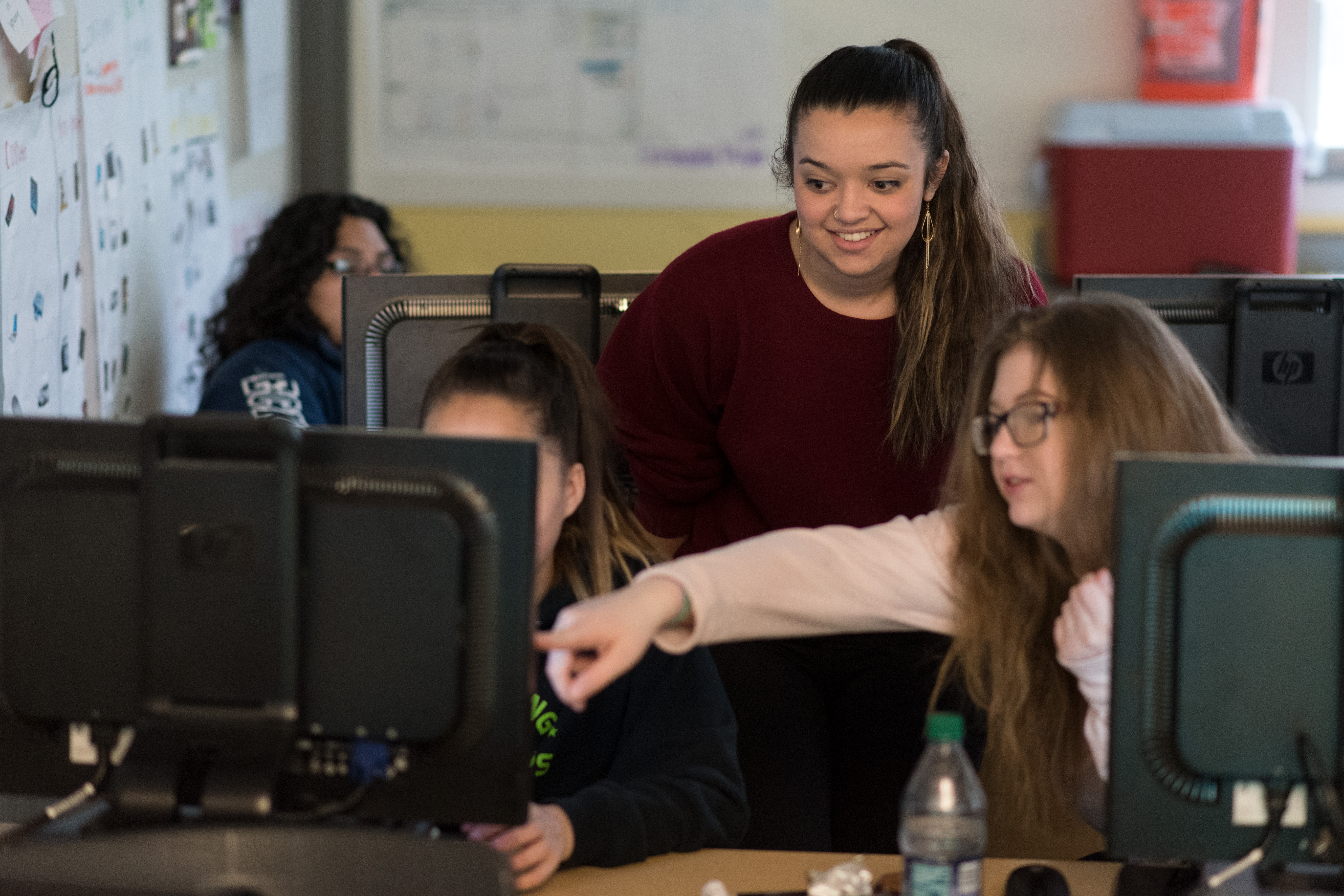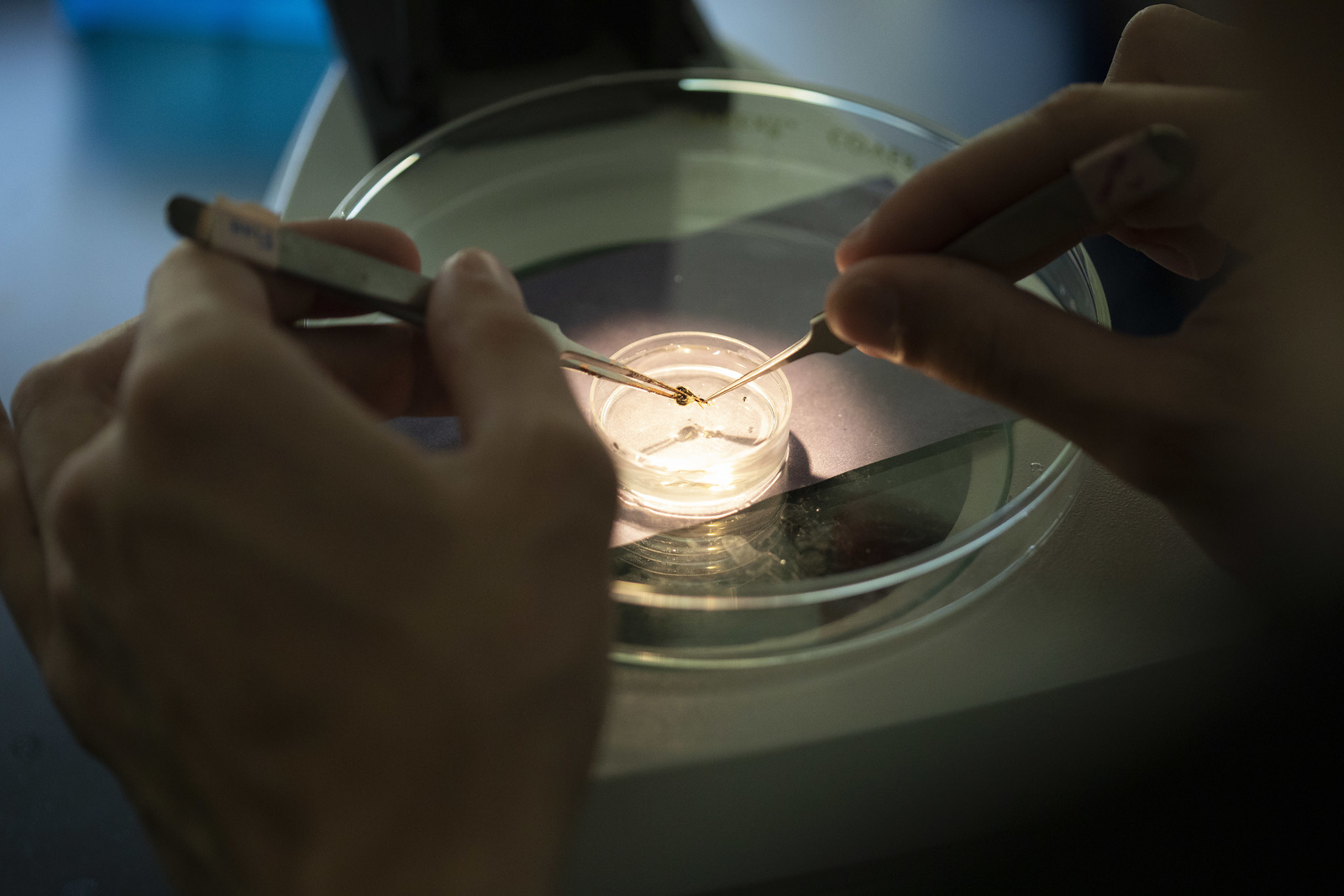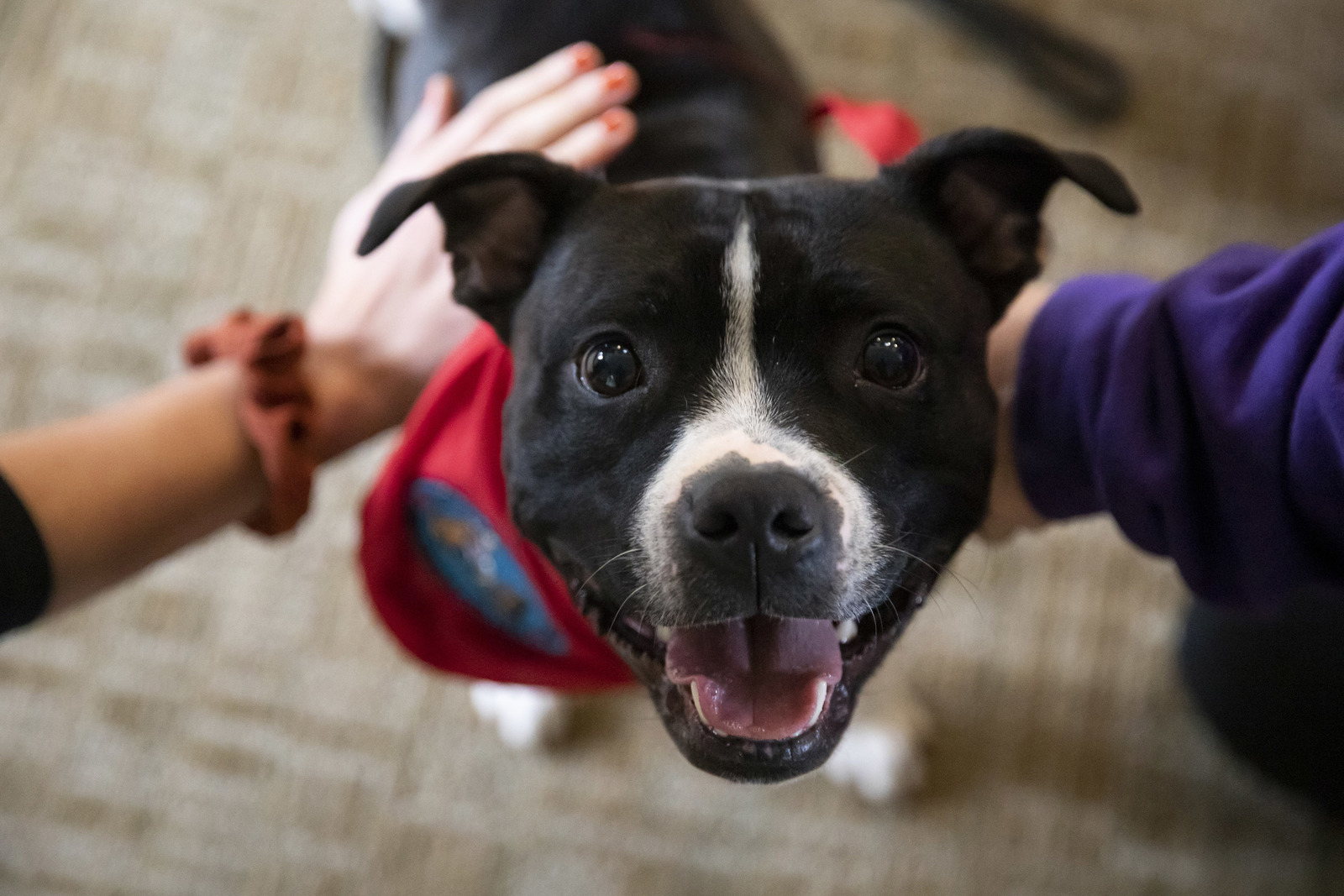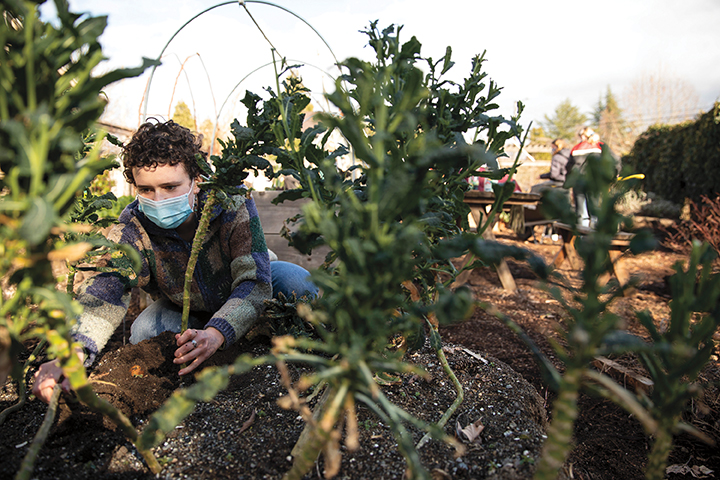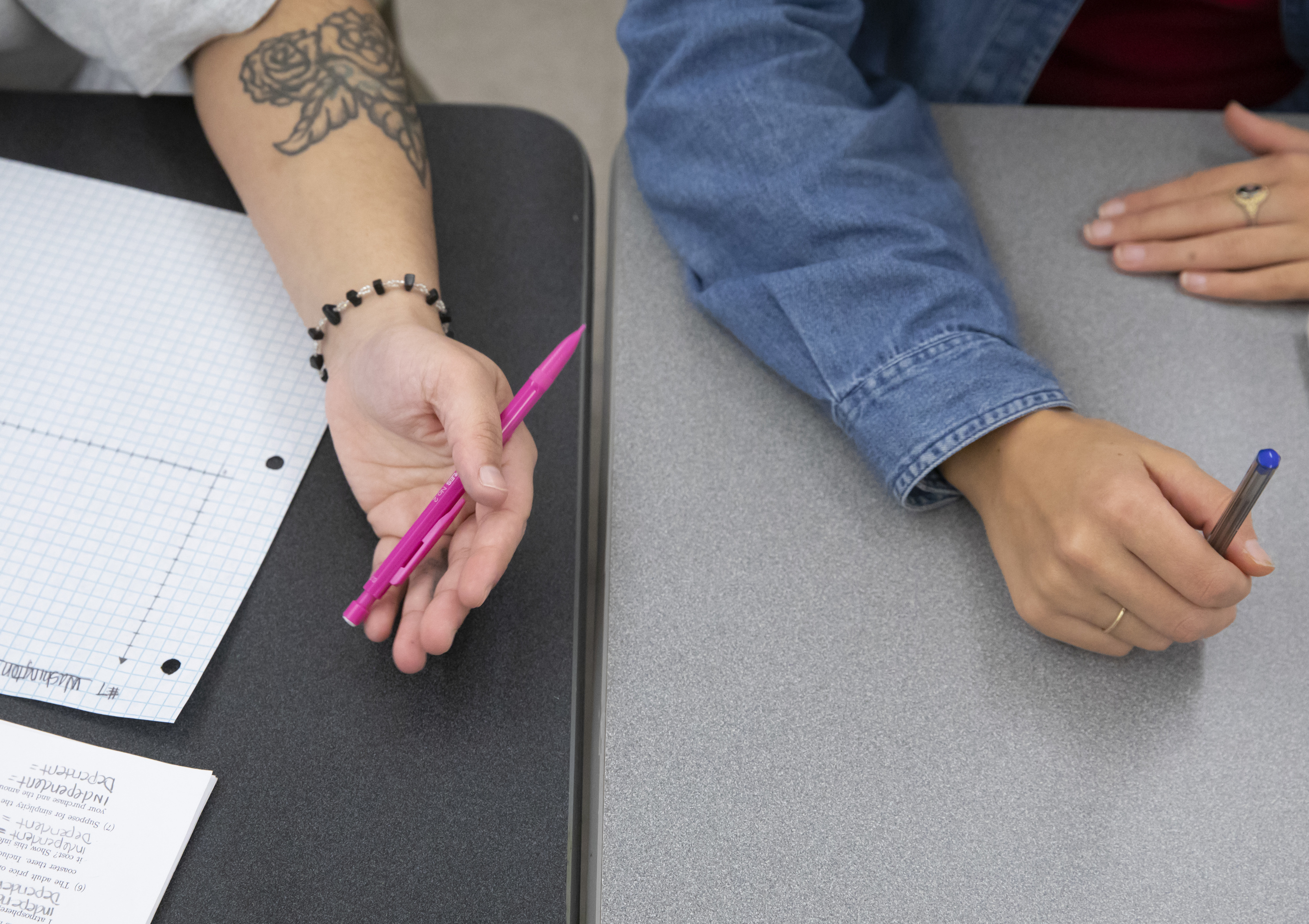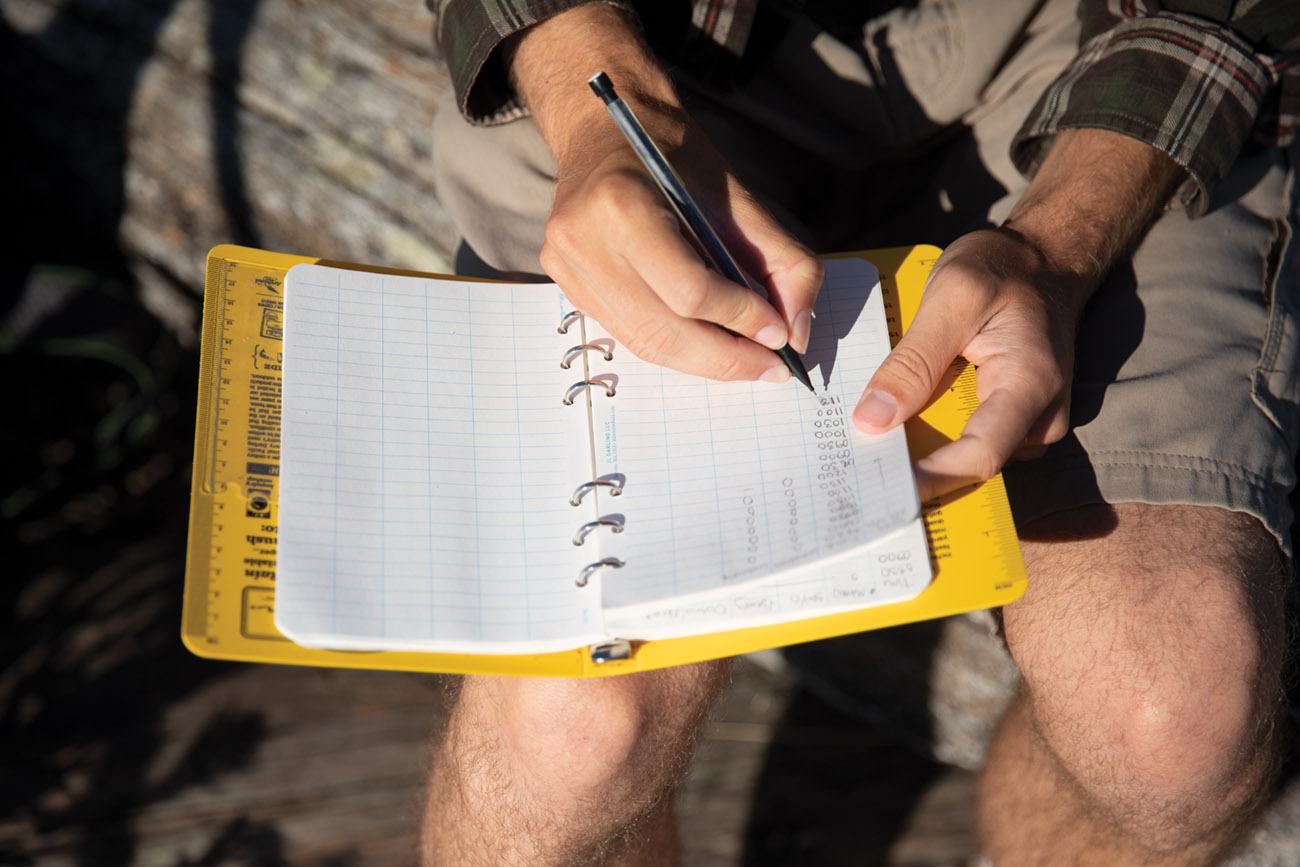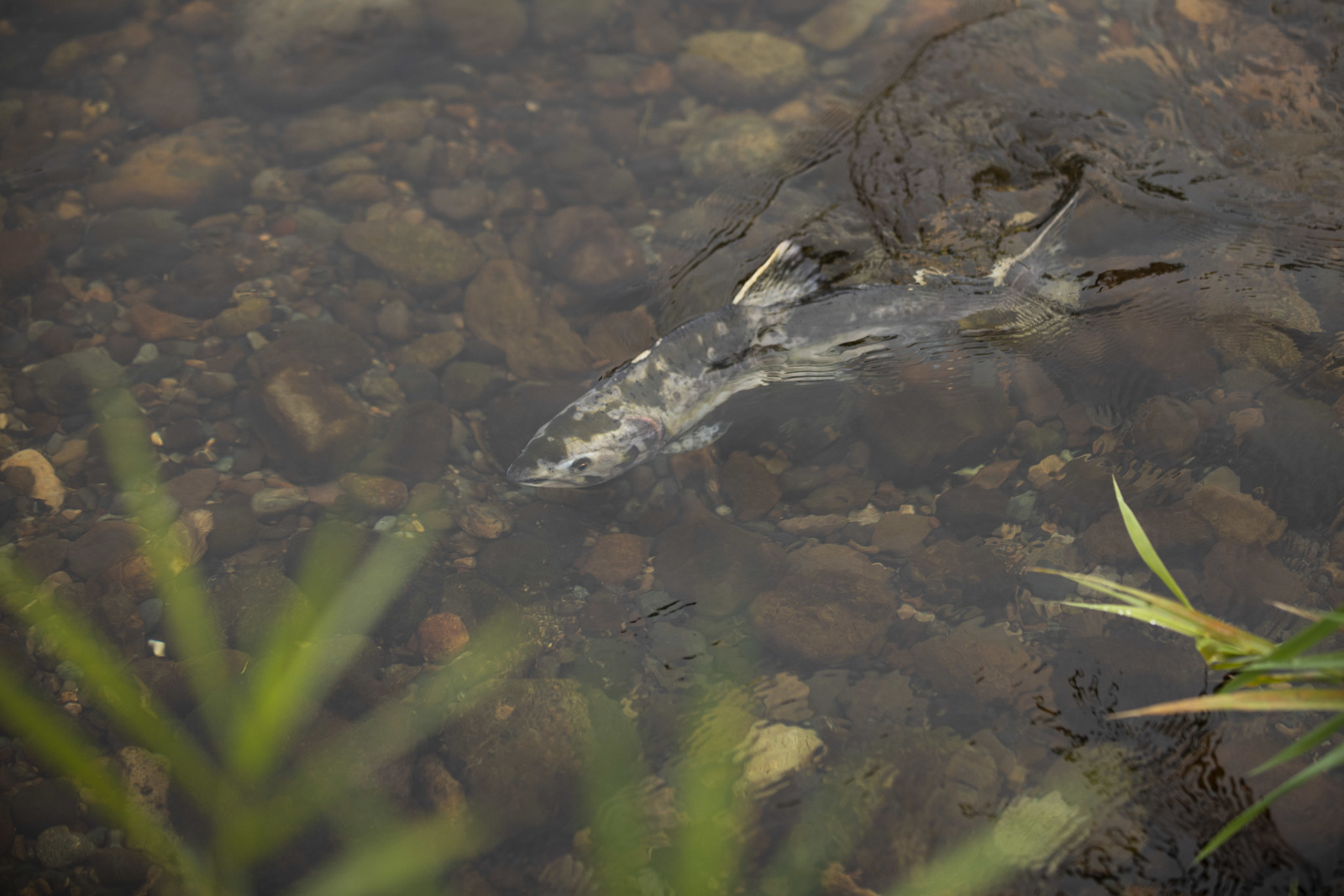Scientists are puzzled by the amount of methane in the ocean, so Clarissa Troutman ’22 is looking for answers
Clarissa Troutman ’22 has spent a lot of time on the Puget Sound, hanging out with friends, but last summer she made repeated visits there for a different purpose: to collect seawater for her undergraduate research project. Troutman has been working with Oscar Sosa, assistant professor of biology, to better understand the unaccounted-for biological sources of methane in the ocean.
“There’s a lot of methane being produced in open ocean water,” Troutman says, “and we don’t know where it’s coming from.” Methane is a greenhouse gas that can be found in large concentrations in some marine waters; a portion of the ocean’s methane is emitted into the atmosphere, contributing to global climate change. A goal of the research is to identify the microbial organisms that are producing the methane.
For Troutman, a molecular and cellular biology major with a chemistry minor, the 10-week summer project involved collecting plankton samples—sometimes from the docks, other times by going out past Point Defiance on the biology department’s boat and dragging a net or “tow.” Troutman and her project partner, Sabine Angier ’22, would then bring the samples back to the lab to measure methane levels and test the conditions in which mircoorganisms in the plankton could flourish. By the end of the summer, they had isolated a community of likely methanogens—microbes that produce methane in the absence of oxygen—and had extracted their DNA for genome sequencing and further scrutiny.
After an outside lab did genomic sequencing, Troutman has continued working on the project into this year, doing what’s called metagenomics—a term that refers to analyzing the genomes of communities of microbes collected from the environment. She doesn’t have full results yet, but the data suggest that a type of microbe called an archaea is producing the methane, and that the process takes place as plankton decomposes. Troutman will present her findings at the 2022 Salish Sea Ecosystem Conference in April.
Sosa’s overall work involves a combination of methods—including not just metagenomics but also microbial culturing and analytical chemistry, as well as biogeochemistry, a relatively new discipline that seeks to understand changes in the natural world through the lens of biology, geology, and chemistry. The overall goal is to better understand what he calls the “unsung” role of the ocean’s microbial plankton communities in the Earth’s carbon cycle.
Troutman is especially interested in the genetic component of the research. “I’m really passionate about it,” she says. She came to college with an interest in the subject, and a genetics course in her sophomore year further piqued that interest. She contacted several faculty members and eventually found Sosa; working with him allows her to combine her interests in microbiology and genetics.
After graduation, Troutman plans to take a year to work in a lab and then go to graduate school. Meanwhile, she has continued working in Sosa’s lab since the summer project ended. “To get a chance to work on what I want to work on, which is looking at environmental and climate change, and to do it hands-on, in a lab, as an undergrad is really amazing,” she says.
Perhaps just as rewarding, she says, is the chance to be out in nature: “We did a sunset tow one day, and it was just beautiful to be out there.”
